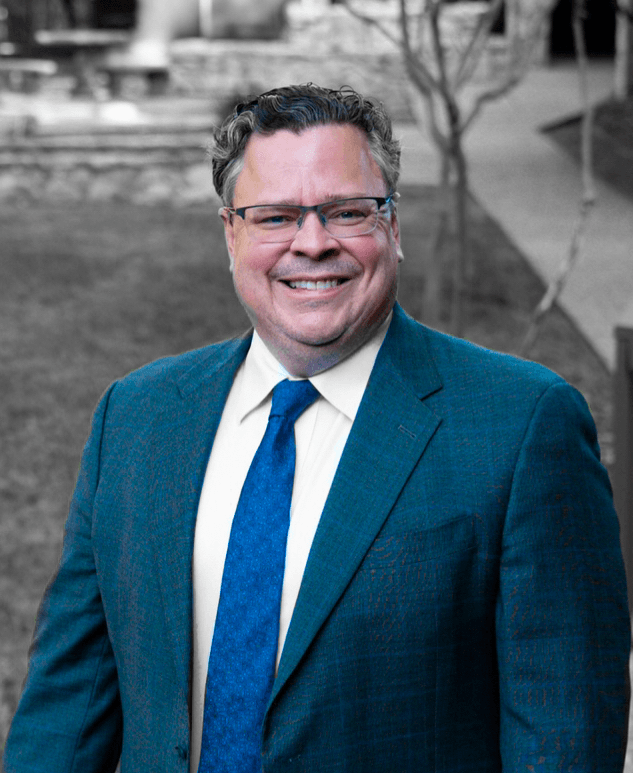Selecting a Distinctive and an Inventive Trademark
ATTORNEYS IN DALLAS
The power of trademark types in shaping your brand's success from the strong association of fanciful marks like SPOTIFY and STARBUCKS to the broad protection of arbitrary marks like APPLE, and the imaginative appeal of suggestive marks like Q-TIPS and PHYSICIANS FORMULA.
Selecting a Distinctive and an Inventive Trademark
The choice of a trademark can often determine the success or failure of a product. Therefore, it is crucial to collaborate with a knowledgeable legal team when making decisions regarding trademarks. Their expertise can make a significant impact.
Characteristics of Distinctive and Inventive Trademarks
Fanciful marks are those that hold no recognized meaning in the dictionary. These marks are particularly strong because consumers associate them solely with the source of the product or service. Examples of fanciful marks are SPOTIFY or STARBUCKS. Arbitrary marks offer additional benefits for entrepreneurs as they help safeguard trademarks and reduce the risk of trademark litigation. Additionally, since trademark owners are responsible for monitoring and addressing trademark infringements, it is easier to police fanciful marks compared to other types of marks. Furthermore, unauthorized use of fanciful marks is less likely to occur since they are created uniquely through imaginative means.
Arbitrary marks involve familiar words used in connection with unrelated products or services. A prominent example of an arbitrary mark is APPLE for computers, as the term "apple" holds no inherent meaning related to computer products other than functioning as a trademark. Arbitrary marks can establish strong associations with consumers and enjoy broad protection.
Suggestive marks encompass terms that hint at a particular characteristic, aspect, feature, function, ingredient, or attribute of a product or service without explicitly describing it. In other words, consumers must use their imagination to draw conclusions about the nature of the goods or services. Q-TIPS for cotton-tipped swabs and PHYSICIANS FORMULA for skin cream are examples of suggestive marks. This type of trademark is appealing to entrepreneurs as it reduces the need for extensive advertising and promotion to establish the association between the mark and its source. The trademark already suggests a specific characteristic that guides consumers towards understanding the nature of the product or service.
Selecting a Trademark
Leading global brands are increasingly inclined towards creating distinctive and innovative marks. These industry giants have gained insights from their experiences, recognizing that avoiding generic and descriptive terms enhances the strength of their brands.
Certainly, it is possible to cultivate a powerful brand using descriptive terms over time. However, achieving this requires substantial investment in marketing, advertising, and promotion throughout the years, enabling the development of a secondary meaning in the minds of consumers. The ordinary meaning typically associated with the word must be replaced by an association with the source of the goods or services.
Contact an Experienced Trademark Attorney
If you need legal advice regarding your trademark rights, assistance with trademark prosecution, or representation in a domain name dispute, contact Wilson Whitaker Rynell. Our team of trademark lawyers has extensive experience in all aspects of trademark and copyright law, including the filing of trademark applications and representing clients in defense or prosecution before the Trademark Trial and Appeal Board.
- 66(a) Applications
- Abandoning a Trademark Application or Withdrawing a TTAB Proceeding
- Abandonment and Nonuse
- Abbreviations as Trademarks
- Accelerated Case Resolutions
- Acquired Secondary Trademark Meaning
- Amending Trademark Application
- Assigning a Trademark
- Assigning a Trademark and the Intent to Use Application
- Avoiding Fraud on Trademark Applications
- Avoiding Trademark Litigation
- Basis for Filing a Trademark
- Benefits of Registering a Trademark
- Bona Fide Intent to Use
- Celebrity Trademarks
- Challenging the Relatedness Factor
- Challenging Trademark Rights
- Claims in a Notice of Opposition
- Co-Existence Agreements
- Common Law Trademarks in the Internet Era
- Common Law Use and Priority
- Conflicting Marks
- Consent Agreements
- Constructive Use Priority
- Dates of Use
- Defenses in Opposition and Cancellation Proceedings
- Descriptive or Generic Trademarks
- Design Marks
- Design Trademarks
- Determining Trademark Similarities
- Discovery in TTAB Proceedings
- Dividing a Trademark Application
- Drawing Page
- Electronic Display Specimens for Trademarks
- Evidence in TTAB Proceedings
- Evidence of Acquired Distinctiveness
- Expediting Trademark Cancellation for Nonuse or Abandonment
- Extending Time to Oppose
- Factors of a Likelihood of Confusion Analysis
- False Suggestions of Connection
- Famous Trademarks and Likelihood of Confusion and Dilution
- Filing an Opposition or Cancellation Proceedings
- First Sale Doctrine
- Five Years of Use
- Foreign Trademark Rights
- Generic Trademarks
- Geographic Trademarks
- Hiring Trademark Counsel
- Immoral and Scandalous Trademarks
- Incontestability of U.S. Trademarks
- International Trademark Filings
- Joint Trademark Ownership
- Lawful Use of a Trademark in Commerce
- Likelihood of Confusion Analysis
- Likelihood of Confusion Refusal
- Merely Descriptive Trademarks
- Multiple Bases for a Trademark Application
- Overcoming and Ornamentation Trademark Refusal
- Personal Name Trademarks
- Principal and Supplemental Registers
- Protecting Single Creative Works
- Recording Trademark Assignments
- Refusal of a Trademark
- Refusing a Trade Dress Application
- Registering a Certification Trademark
- Registering a Service Mark
- Registering a Trademark That Lacks Inherent Distinctiveness
- Registering an International Trademark
- Relatedness of Goods or Services
- Request for Reconsideration in Trademark Office Action
- Requirements for International Trademark Application
- Revive an Abandoned Trademark Application
- Secondary Meaning
- Source Confusion
- Special Trademark Applications
- Standard Character and Special Format Marks
- Standing in Opposition and Cancellation Proceedings
- State Trademark Registration
- Statement of Use Extensions
- Tacking Doctrine
- Technical Trademark Use
- The Supplemental Register
- Trade Dress
- Trade Dress Application
- Trademark Application
- Trademark Clearance Searches
- Trademark Disclaimers
- Trademark Licensing
- Trademark of Authors, Performing Artists, and Characters
- Trademark Ownership
- Trademark Protection In Texas
- Trademark Settlements
- Trademark Specimens
- Trademark Specimens
- Trademark Use by Related Company
- Trademark Use in Advertising
- Trademark Use in Commerce
- Trademarking a Distinctive Mark
- Trademarking a Hashtag
- Trademarks for Musical Artists
- TTAB Discovery Rules
- TTAB Proceedings
- U.S. Service Mark
- U.S. Trade Dress
- Understanding Trade Channels
- Unitary U.S. Trademark
- Universal Symbols as Trademarks
- Using Secondary Sources
- What is an Ex Parte Appeal?
- Where to Register a Trademark
- Who Must File a Trademark?
CLIENT MATTERS
5,000+
YEARS OF SERVICE
25+
Award Winning
Recognized in the legal industry as dedicated board-certified lawyers and Rising Stars.
Expert Team
Your project will be handled by legal experts every time. You will have the most experienced attorneys working for you.
Quality Representation











